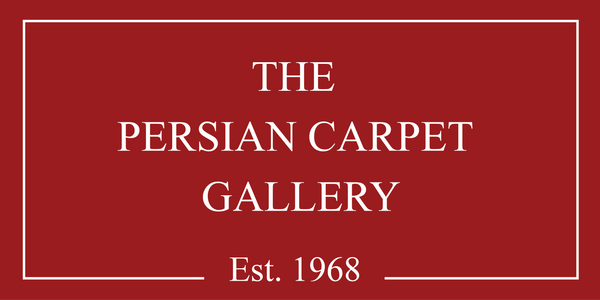Unsure about purchasing a rug online? Try it at home for FREE!
We understand that choosing the perfect carpet from just the images can be challenging. If you're unsure about your choice, simply send the SKU or the link of the carpet to info@pcgaustralia.com or call 1800 2000 28 and we'll make things easier for you with a free home trial Australia-Wide.
Persian Tabriz Superfine
Stock No. ADL-142-001050
Size(m): 3.53×2.53
The obviously beautiful defining feature of this carpet, is the repetition of an enormous number of flowers and vines throughout its composition.
The rug's allure lies in its harmonious blend of colors and motifs, showcasing the Mahi motif, intricate floral patterns, and gracefully entwined vines that seamlessly connect various design elements.
The mahi (fish) pattern and bote motifs enhance the artistic appeal. The Mahi, or fish pattern, in Persian rug weaving holds cultural significance and symbolism. In Persian culture, the fish motif is often associated with various meanings, and its inclusion in rug designs can convey different messages:
1.Abundance and Fertility: The fish motif is sometimes seen as a symbol of abundance and fertility. It can represent the wish for prosperity and a bountiful life.
2.Protection Against the Evil Eye: In some cultures, the fish pattern is believed to provide protection against the evil eye—a superstition that certain individuals can cause harm or misfortune through their envious gaze.
3.Water and Life: Fish are creatures associated with water, and in arid regions like Persia, water is a precious resource. The fish pattern may symbolize life, particularly in regions where water scarcity is a significant concern.
4.Zoroastrian Symbolism: In ancient Persian beliefs, fish held symbolic importance in Zoroastrianism, representing purity and the divine.
5.Spiritual Symbolism: The fish pattern may also have spiritual connotations, signifying deeper meanings related to spirituality, transformation, and the interconnectedness of life.
Meticulously crafted, the carpet exhibits balance, harmony, and exceptional beauty.
The repetition of floral patterns and vines in Persian carpet rug making holds deep cultural significance and reflects the rich heritage and symbolism ingrained in Persian art and design. Here are some key aspects of this cultural significance:
- Symbolism:
- Floral Motifs:Flowers often represent natural beauty, growth, and life. Different flowers may symbolize various virtues or concepts such as purity, love, or spirituality.
- Vines: Vines are symbolic of continuity, endurance, and interconnectedness. The weaving of vines may represent the interconnectedness of life and the passage of time.
- Cultural Heritage:
- Persian carpets have a long and storied history, dating back thousands of years. The repetition of floral patterns and vines is a continuation of traditional design elements passed down through generations, preserving cultural identity.
- Aesthetic Harmony:
- Persian rug makers believe that incorporating nature-inspired patterns, such as flowers and vines, creates a sense of aesthetic harmony and balance. These motifs are carefully chosen to evoke beauty and grace.
- Spiritual Significance:
- In Persian culture, there is often a spiritual dimension to art and design. Floral patterns, in particular, may symbolize divine beauty and perfection. The intricate repetition of these patterns can be seen as an attempt to capture a sense of the divine in the material world.
- Narrative and Storytelling:
- Persian carpets often tell stories or convey messages through their intricate designs. The repetition of floral patterns and vines may contribute to a larger narrative, conveying cultural myths, historical events, or personal stories.
- Wish for Abundance:
- Some floral patterns are chosen for their association with abundance and prosperity. The repetition of these motifs expresses a wish for a bountiful and prosperous life.
- Regional Distinctions:
- Different regions in Iran may have their own unique floral and vine patterns, contributing to the diversity and richness of Persian carpet designs. These regional distinctions add layers of cultural depth to the motifs.
In summary, the repetition of floral patterns and vines in Persian carpet rug making is a testament to the deep cultural roots, aesthetic sensibilities, and symbolic language embedded in Persian art. Each rug becomes a unique reflection of the weaver's cultural identity and artistic expression.
Seize the opportunity to bring this exceptional work of art into your home. Purchase today with complete confidence, knowing you're acquiring a piece that transcends ordinary décor—an heirloom of timeless beauty and unparalleled craftsmanship. Don't just own a rug; own an experience.


